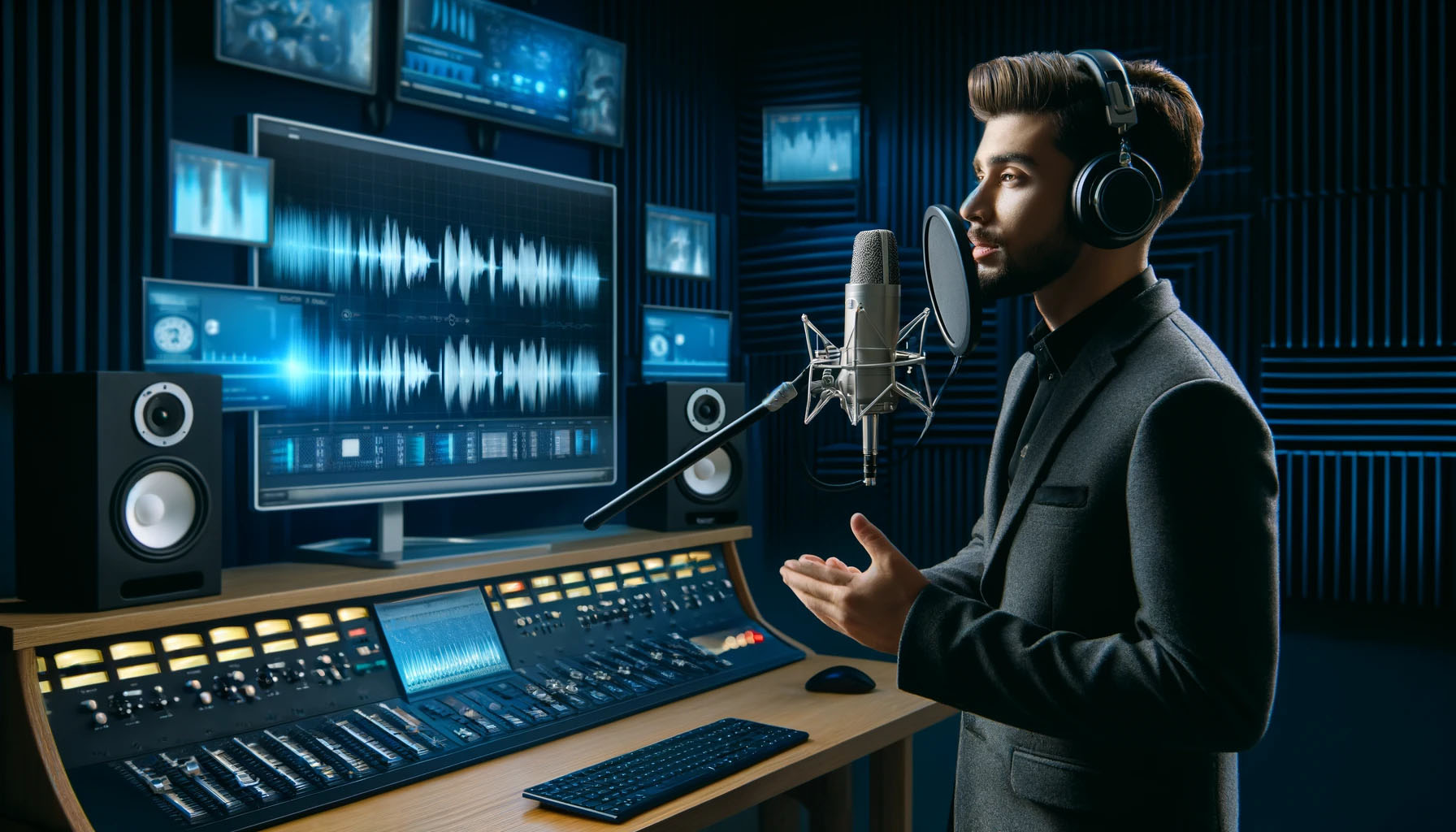The voice over industry has experienced a significant transformation over the past few decades, largely driven by rapid advancements in audio technology. From improved recording equipment to sophisticated software, these changes have not only enhanced the quality of voice over productions but also expanded the possibilities for voice actors and producers alike. This article explores how modern audio technology has reshaped the voice over industry, making it more dynamic and accessible than ever before.
Enhanced Sound Quality
One of the most noticeable impacts of audio technology advancements is the enhanced sound quality in voice over productions. High-quality microphones and advanced digital recording technologies have replaced older, less efficient analog systems. Modern microphones are highly sensitive, capable of capturing clearer and more detailed audio. This allows voice actors to produce recordings that are crisp and free of unwanted noise, essential for professional-grade productions.
Digital recording software, or Digital Audio Workstations (DAWs), like Audacity, Adobe Audition, and Pro Tools, provide voice actors and sound engineers with powerful editing capabilities. These tools can remove background noise, adjust levels, and apply various audio effects to enhance clarity and tone. The result is a product that meets the high standards demanded by clients across television, film, advertising, and digital media.
Remote Recording Capabilities
Advancements in audio technology have also revolutionized where and how voice over work can be done. With high-quality, portable recording equipment and internet-based communication tools, voice actors no longer need to be physically present in traditional studios. This shift has led to the rise of home studios, allowing freelancers to record professional-quality work from anywhere in the world.
Remote recording technology not only benefits voice actors by providing flexibility but also widens the talent pool from which production companies can draw. This globalization of voice talent has increased diversity in voice over work, enabling more localized and culturally relevant productions.
Real-Time Collaboration Tools
Real-time collaboration tools have further facilitated remote work in the voice over industry. Technologies such as Source-Connect and IPDTL allow voice actors and directors to collaborate live over the internet with almost zero latency. This means directors can coach actors during sessions as if they were in the same room, ensuring the director’s vision is perfectly captured.
These tools have also minimized the need for expensive satellite links or ISDN lines traditionally used for live audio feeds, reducing the cost and logistical barriers for high-quality remote voice recording.
Synthetic Voices and AI
Perhaps one of the most forward-thinking advancements in audio technology is the development of synthetic voices and artificial intelligence. AI-driven software can now generate human-like speech that is increasingly difficult to distinguish from real human voices. This technology is used in various applications, including virtual assistants, customer service bots, and video game characters.
While synthetic voices are an exciting development, they also bring about concerns regarding the authenticity and employment opportunities within the voice over industry. As AI continues to improve, the community must navigate the balance between utilizing innovative technologies and preserving the irreplaceable nuances of human vocal performance.

